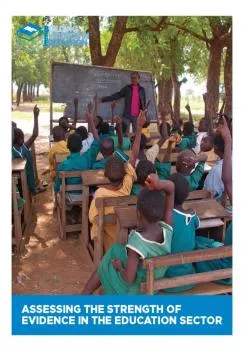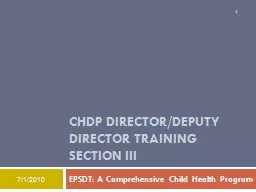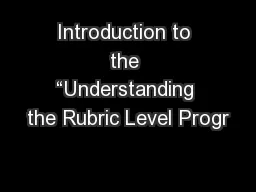PDF-Strong evidence is of central importance in informing policy and progr
Author : felicity | Published Date : 2021-10-02
iiacross all agencies and organisations working with education systems in developing countries Robust research and evaluation generates the evidence required to
Presentation Embed Code
Download Presentation
Download Presentation The PPT/PDF document "Strong evidence is of central importance..." is the property of its rightful owner. Permission is granted to download and print the materials on this website for personal, non-commercial use only, and to display it on your personal computer provided you do not modify the materials and that you retain all copyright notices contained in the materials. By downloading content from our website, you accept the terms of this agreement.
Strong evidence is of central importance in informing policy and progr: Transcript
Download Rules Of Document
"Strong evidence is of central importance in informing policy and progr"The content belongs to its owner. You may download and print it for personal use, without modification, and keep all copyright notices. By downloading, you agree to these terms.
Related Documents














